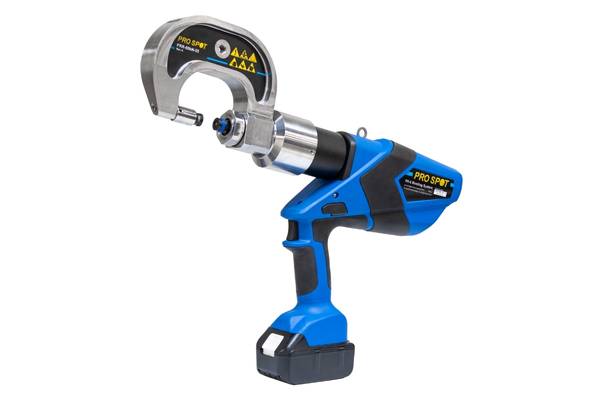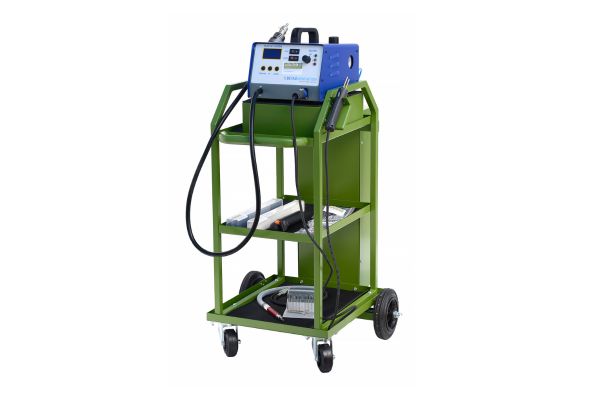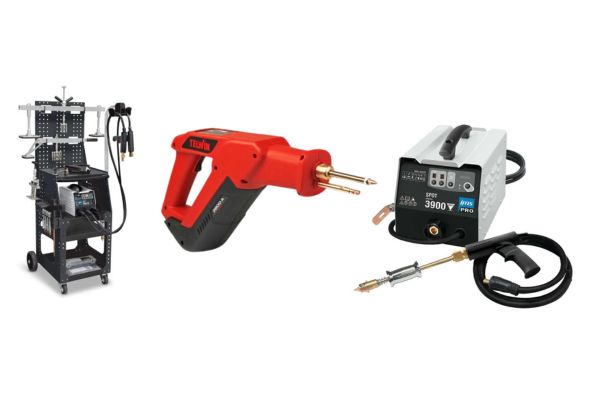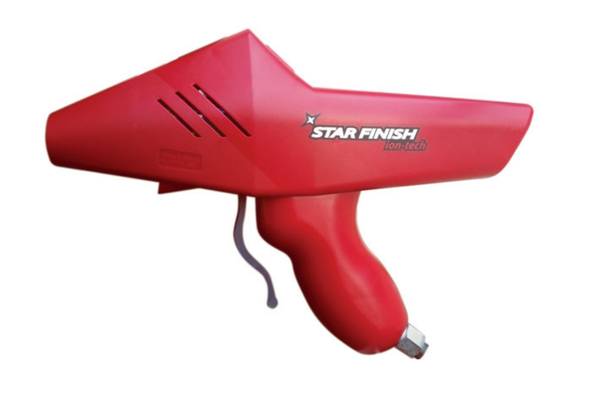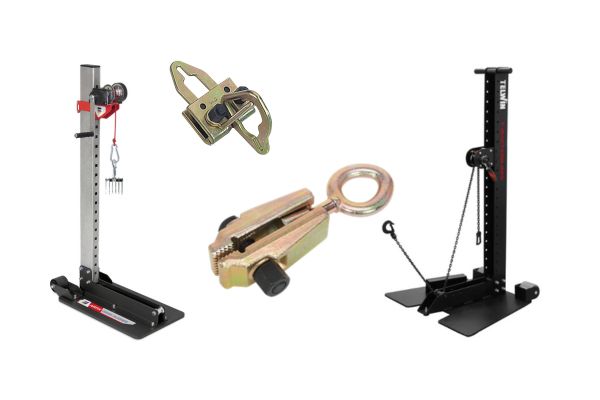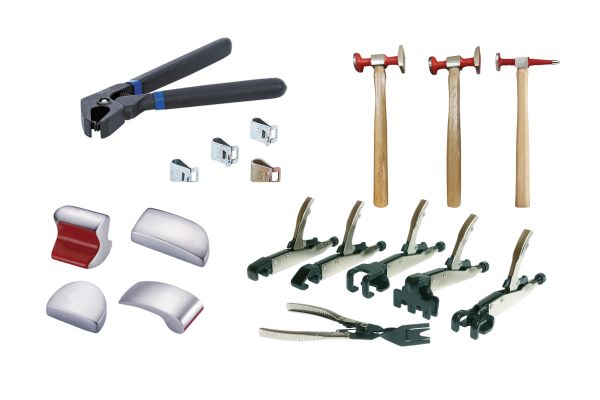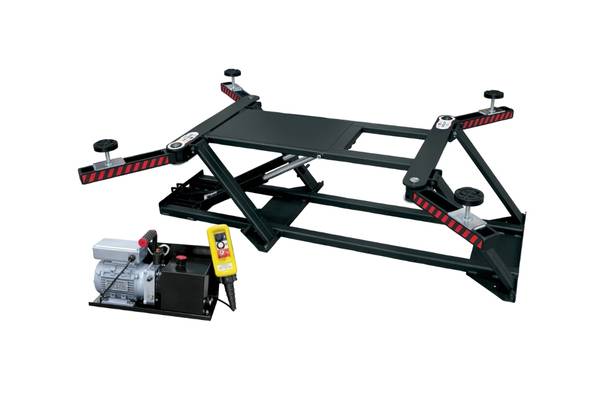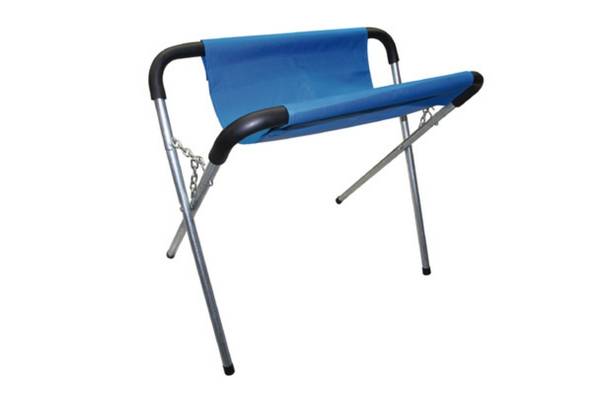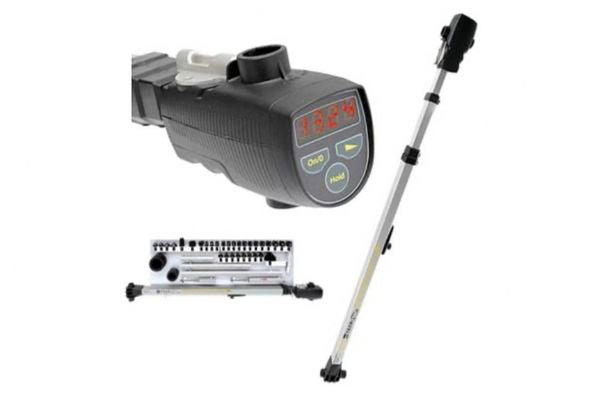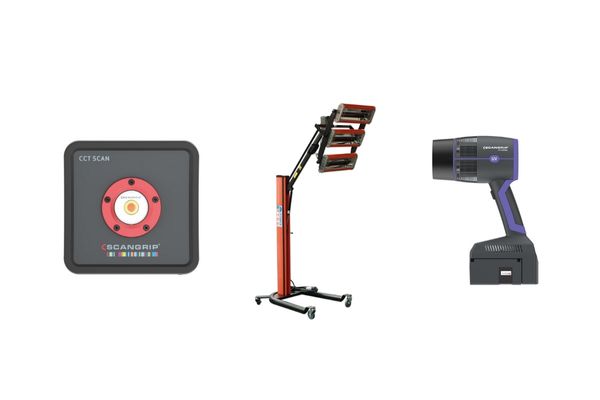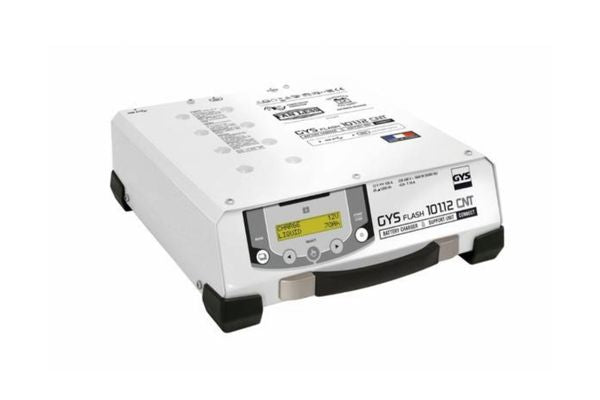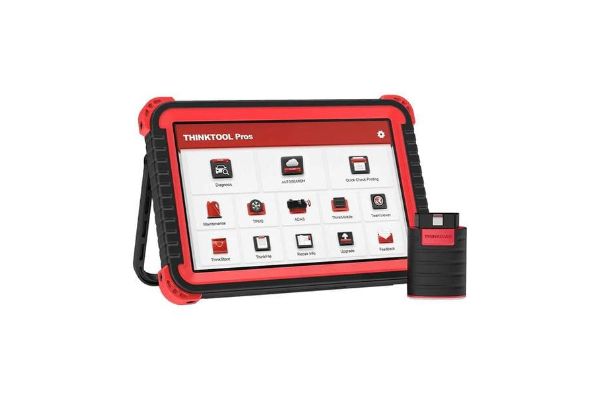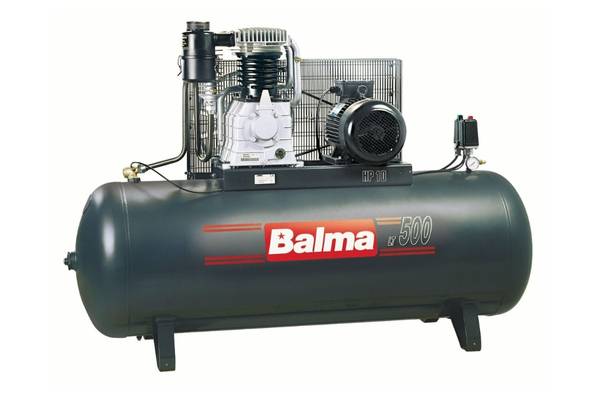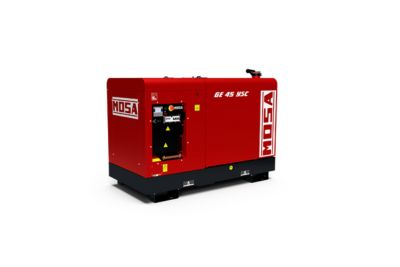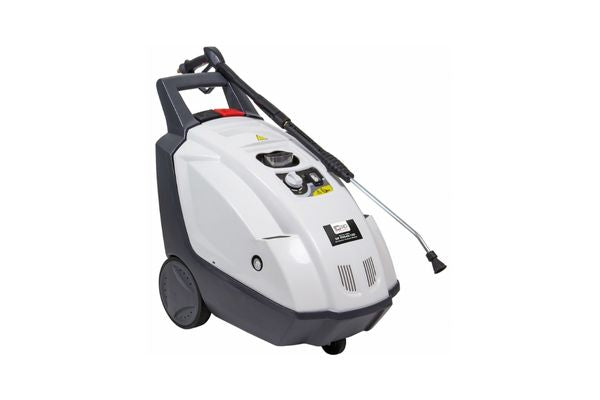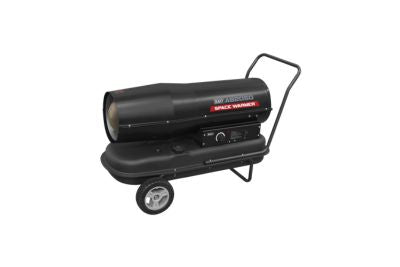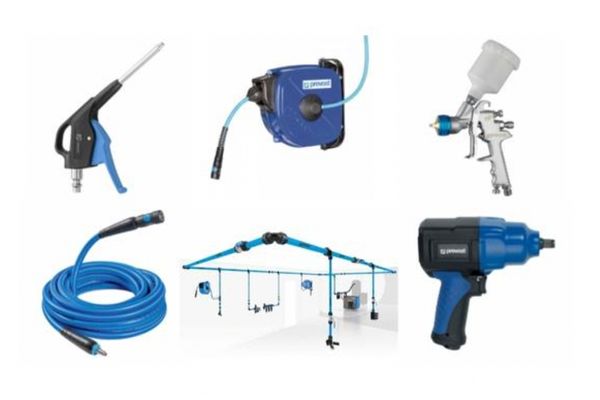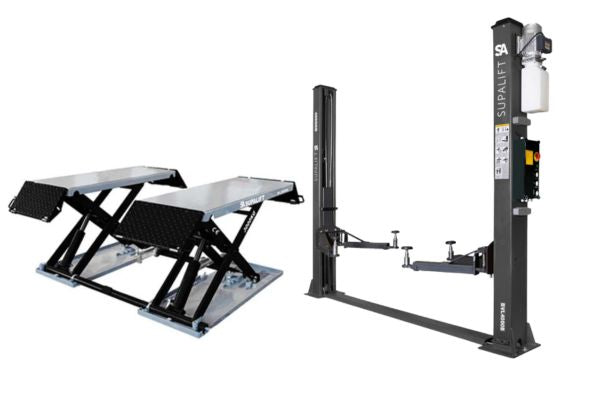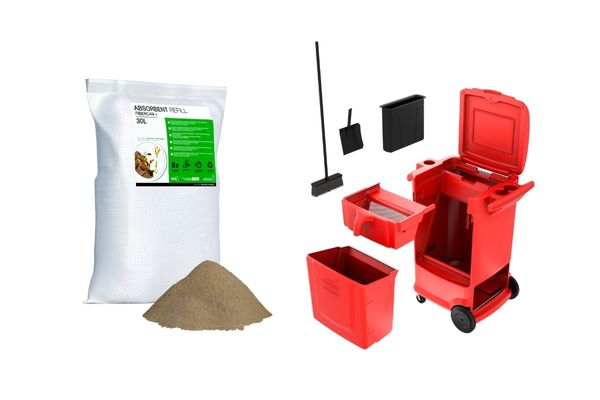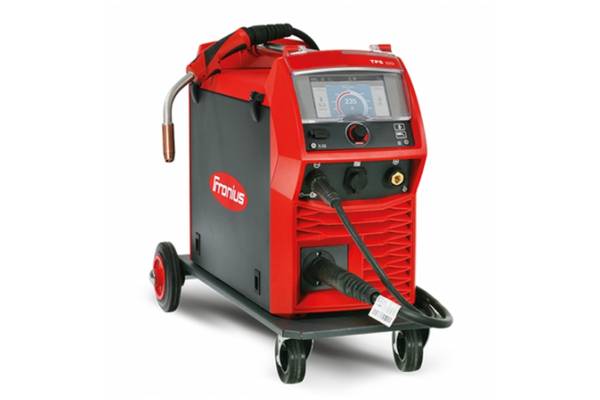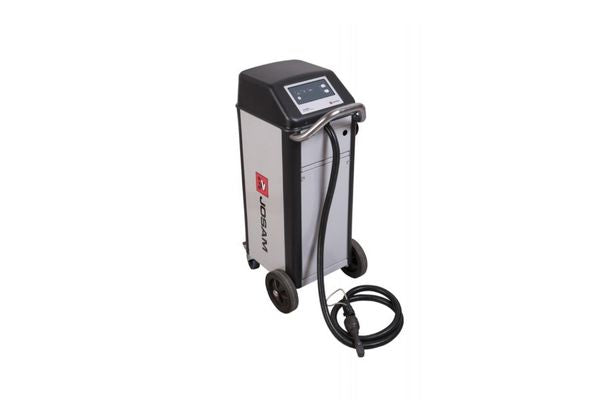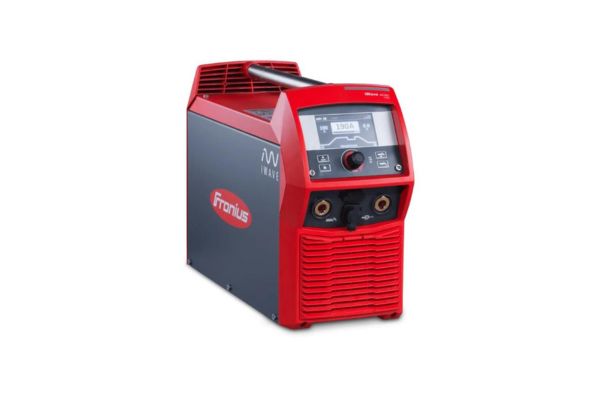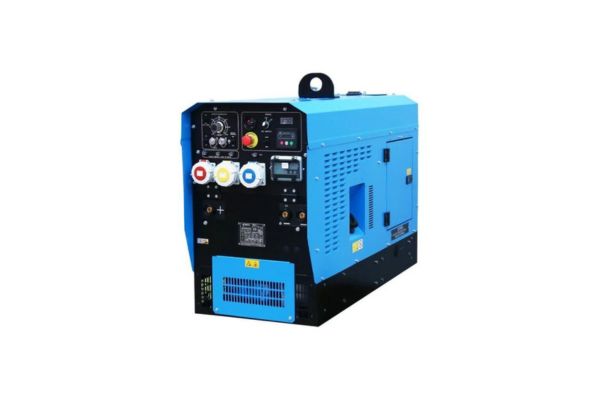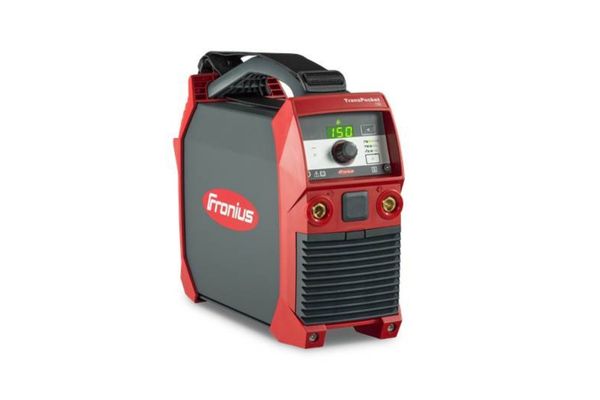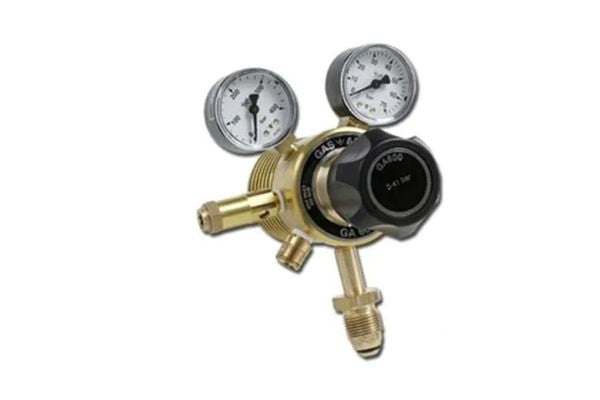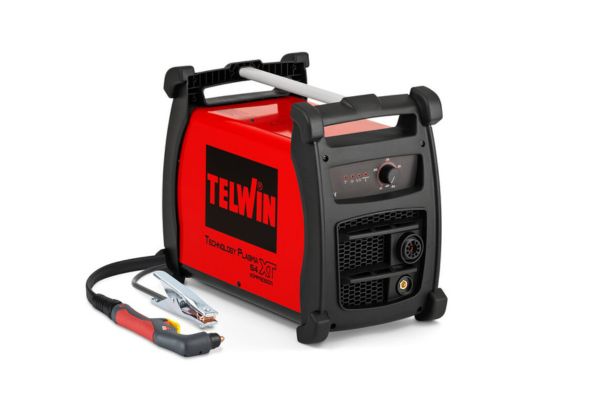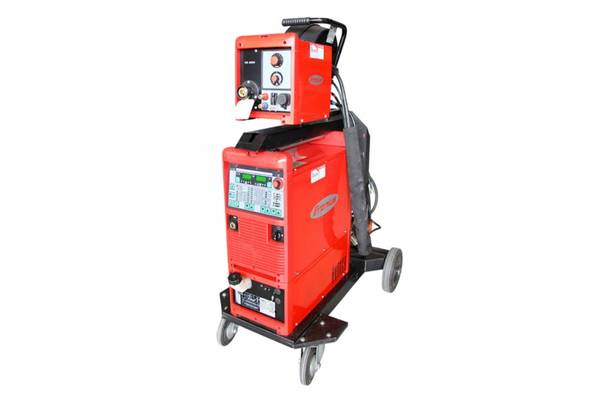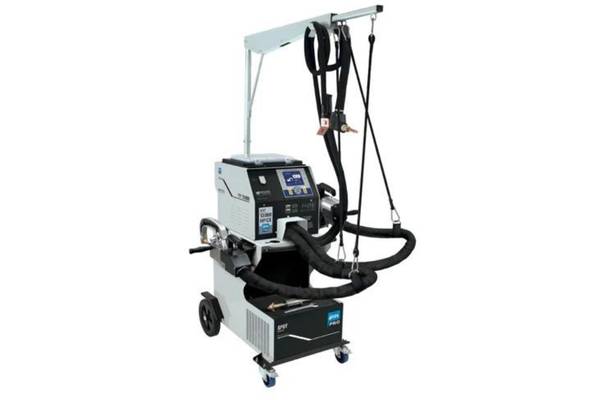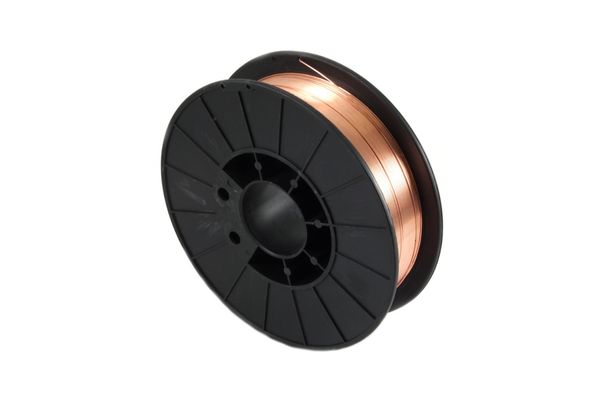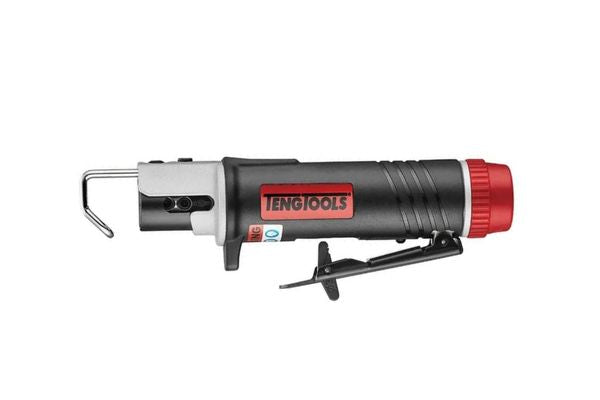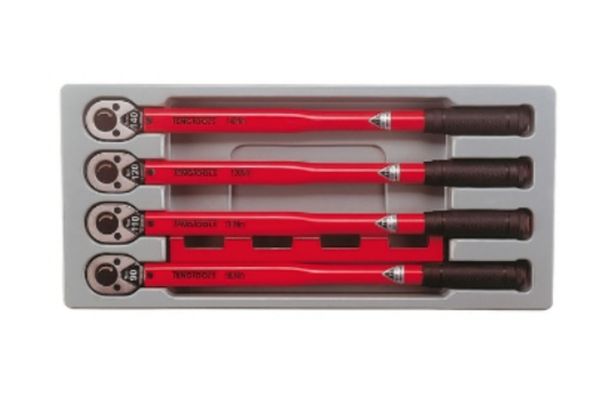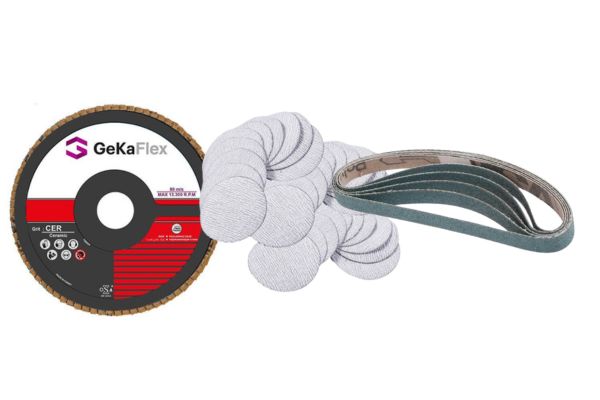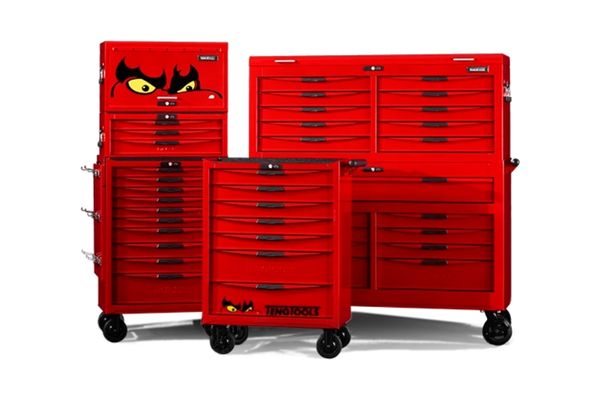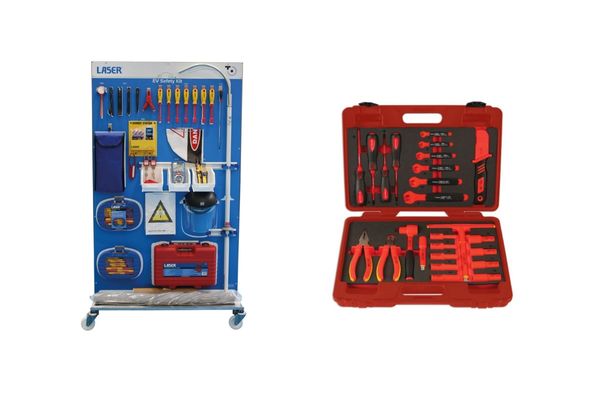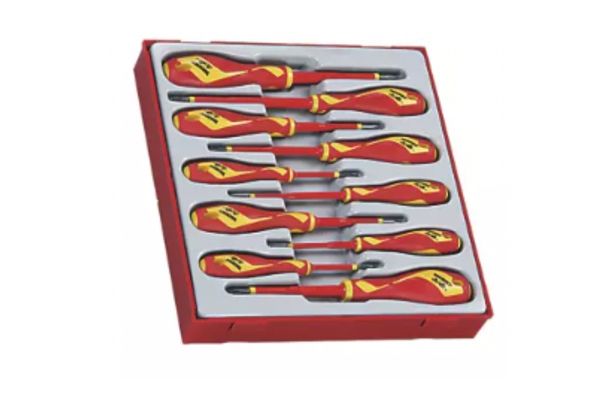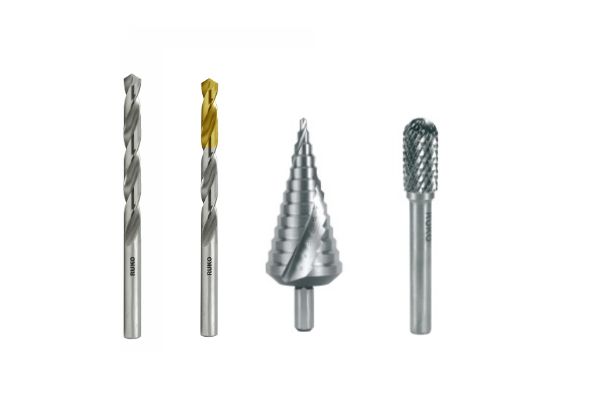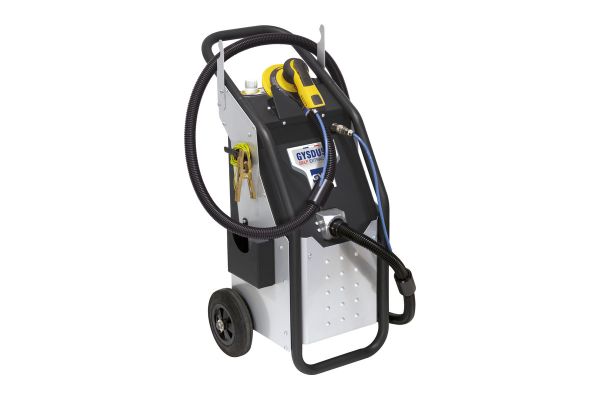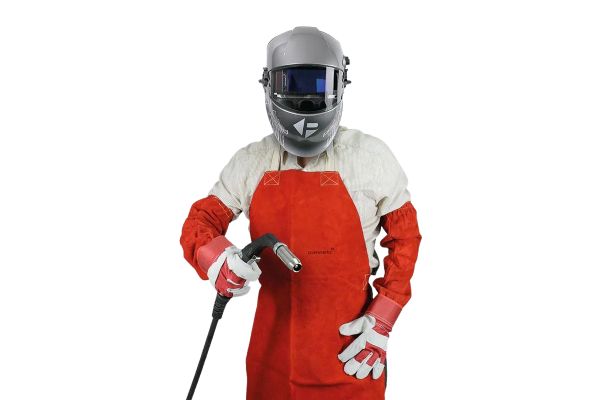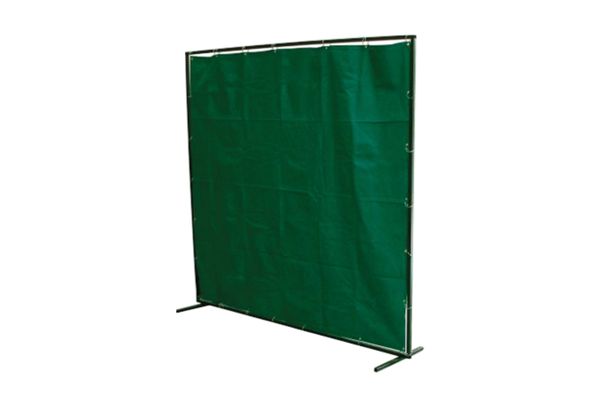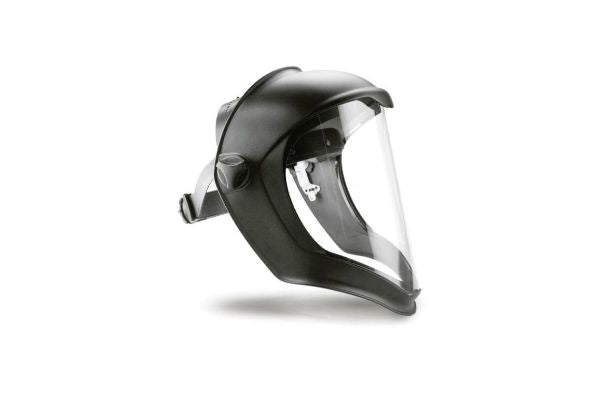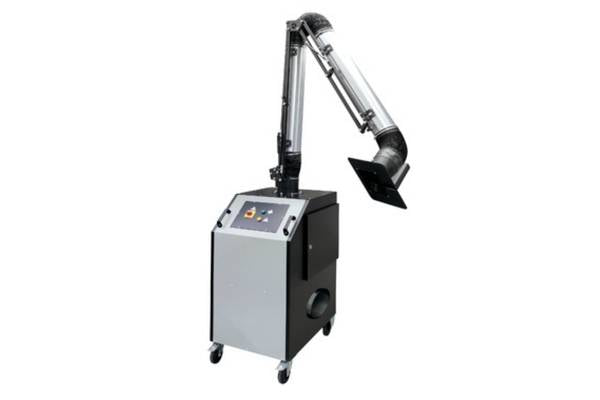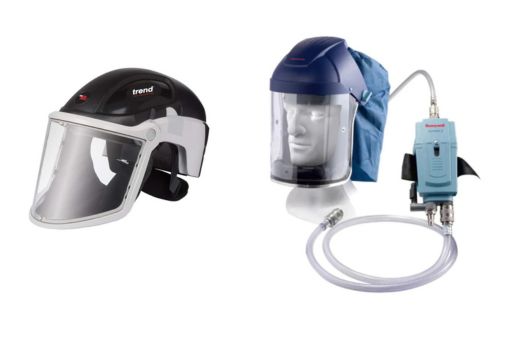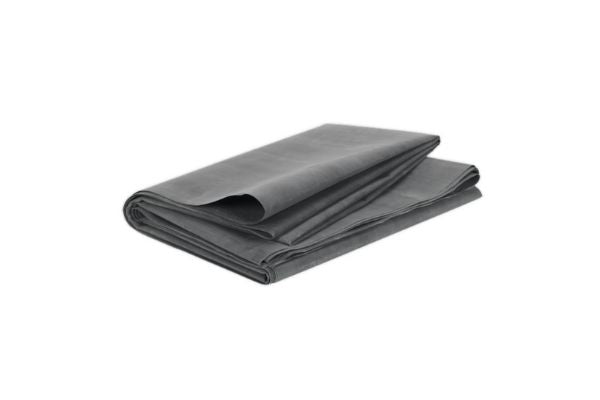Need Some Help? 0161 223 1843
Need Some Help? 0161 223 1843
BODYSHOP
WORKSHOP
WELDING
TOOLS
SAFETY
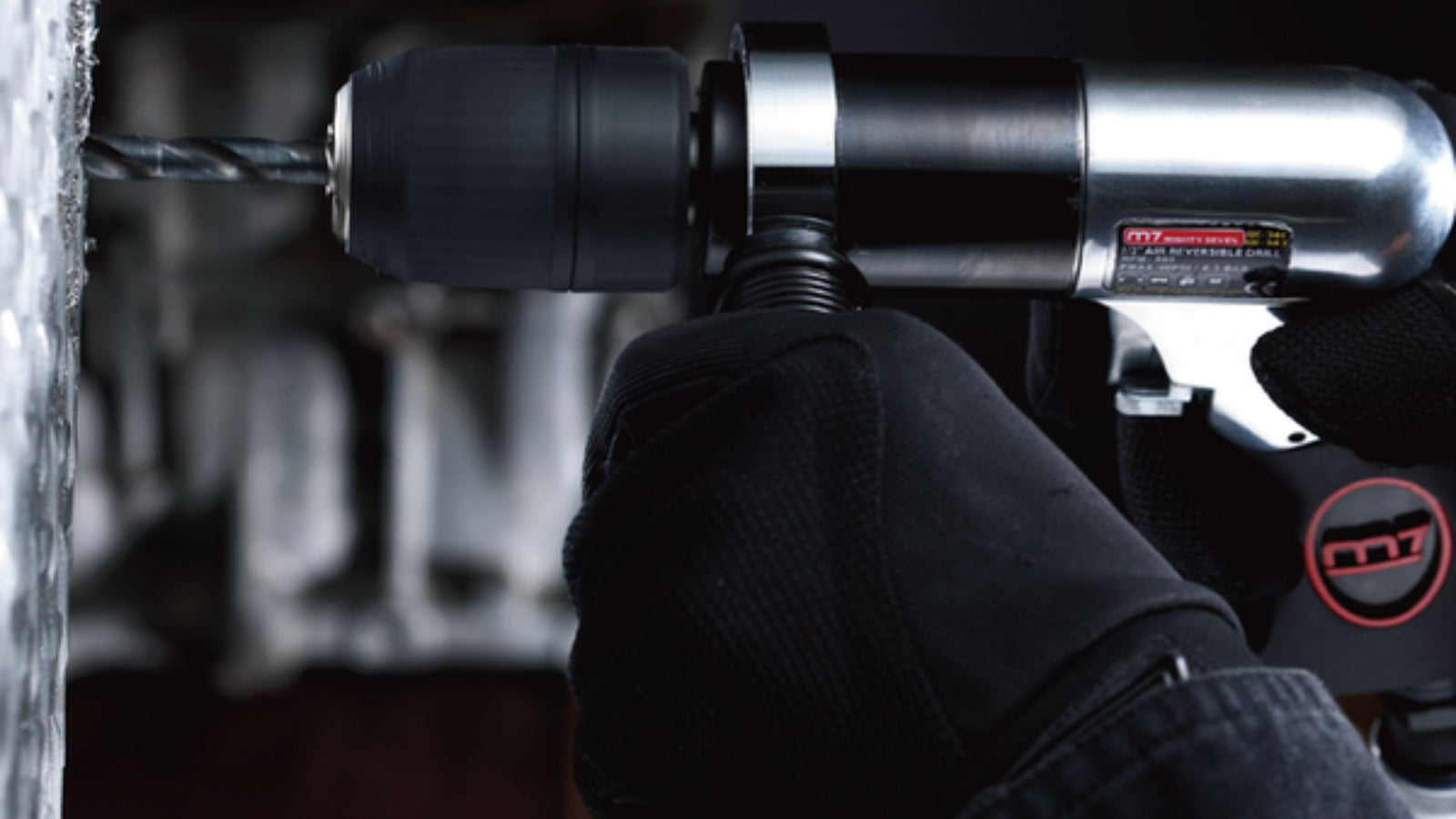
The Ultimate Guide to Pneumatic Air Drills: Everything You Need to Know
December 09, 2023 4 min read
Understanding the Mechanics and Advantages of Air Drills
How does a pneumatic drill work?
Pneumatic drills, commonly referred to as air drills, operate using a fascinating mechanism that harnesses the power of compressed air. Here's an extended and rephrased explanation of their working principle, suitable for a plagiarism check:
-
Source of Power - Compressed Air: The core of a pneumatic drill's operation lies in its connection to an air compressor. This compressor plays a crucial role by supplying high-pressure air, which is the primary energy source for the drill.
-
Activation via Air Flow: The user activates the drill by pressing its trigger. This action opens an internal valve, which then channels the compressed air from the compressor into the drill's mechanism.
-
Transformation of Energy: Inside the pneumatic drill is a specialized motor, typically a pneumatic rotary motor. This motor is designed to convert the kinetic energy of the flowing air into mechanical rotation.
-
Drill Bit Motion: The rotary motion generated by the motor is then transferred to the drill bit. This transfer of motion is what enables the drill bit to rotate at high speeds, a critical aspect of the drilling process.
-
Execution of Drilling Work: With the drill bit in rapid rotation, the drill can then be applied to a surface for various tasks such as drilling holes or chipping away at materials, depending on the type of drill bit used.
-
Disposal of Used Air: After the air has passed through the motor and contributed to the drilling action, it is expelled from the drill through an exhaust system. This expulsion not only disposes of the used air but also aids in cooling the drill, which is particularly useful during extended periods of operation.
Types of Pneumatic Air Drills
Pneumatic air drills, also known as air-powered drills, come in various types to suit different applications and requirements. Here are some common types of pneumatic air drills:

-
Straight Air Drill:
- Straight air drills have a straightforward design with the chuck in line with the body of the drill.
- They are versatile and suitable for general drilling tasks in various materials, including wood, metal, and plastic.
- Straight air drills are often used for precision drilling due to their ergonomic design.
- A good example is the Might Seven QE-933

-
Angle Air Drill:
- Angle air drills have a 90-degree angle design, with the chuck positioned at a right angle to the body of the drill.
- They are ideal for drilling in tight spaces, corners, and hard-to-reach areas where a straight drill may not fit.
- Angle air drills are commonly used in automotive repair and maintenance.

-
Reversible Air Drill:
- Reversible air drills are equipped with a switch that allows them to change direction, enabling both forward and reverse drilling.
- These drills are versatile and are often used in tasks where the ability to remove screws or back out of a hole is essential.
- Example Mighty Seven QE431
-
Low-Profile Air Drill:
- Low-profile air drills have a compact design and a shorter height, allowing them to access confined spaces with limited clearance.
- They are commonly used in applications like aircraft maintenance and assembly.

-
Pistol-Grip Air Drill:
- Pistol-grip air drills have a handle grip similar to a handgun, providing excellent control and comfort during operation.
- They are versatile and are used in a wide range of drilling applications.

-
Keyed Chuck vs. Keyless Chuck:
- Pneumatic air drills can also be categorized based on the type of chuck they use. Some have a keyed chuck that requires a chuck key to tighten or loosen the drill bit, while others have a keyless chuck that allows for quick and tool-free bit changes. sometimes keyless chucks are called “jacobs” chucks due to a popular manufacturer..
-
Specialised Air Drills:
- Some air drills are designed for specific applications, such as air-powered hole saw drills for cutting large holes, air spot weld drills for automotive welding, and air hammer drills for masonry work.

Benefits of Using Air Drills
Their primary benefits include:
- Power: Exceptional strength for tough materials. Air drills give high torque compared to there size.
- Speed: Enhanced productivity with faster operation. Air Drills tend to be able to run at higher RPM than battery or mains drills.
- Precision: Crucial for detailed tasks. Air drills can be made smaller than battery or mains drills and so they can be more precise in operation. Its precisely because of this that production lines tend to use air drills.
- Durability: Built for heavy use and longevity. There is less parts in an air drill therfore as long as they are lubricated correctly they tend to give more longevity. They are also cheaper to repair when they do require parts.
Downsides of using air drills
- The main downside is the noise emitted through the exhaust during operation, on some drills this can be quite high, hence Health and Safety monitor the sound pressure to keep it under 80dba.

Looking after your air drill
- Maintenance of you air air toll is key to long life. Fortunately air tools only need a couple of things.
- Store in a dry place when not in use- moisture can damage air tools and cause excess wera when started.
- Lubricate your air tool prior to use- squirt a couple of drops of lubrication oil down the air connector before you start increases life.
- Ensure your air tool always has a clean supply of dry air- fit lubricators and moisture reservoirs to your air line system

Safety Tips in using Pneumatic air drills.
- Always wear safety spectacles and gloves when in use, drills by nature create metal swarfe and this can be dangerous if you get it into your eye.
- Ensure you are on stable ground when operating, therefore if the drill jams the torque rotation wont throw you of balance if it suddenly stops.
- Ensure the drill bit is secure in the chuck.
Choose a reputable brand if you can afford
As with most things, you get what you pay for but a general piece of advice i would give is quality lasts longer. A lot of the cheaper end of air tools are manufactured in China and the production quality issues with then are well known but if your only using occasionally then they may be good enough for you. Professional air tools are made in UK, Europe, Taiwan and the USA but theo do come with a cost premium. You pays your money you takes your choice.
Leave a comment
Comments will be approved before showing up.


